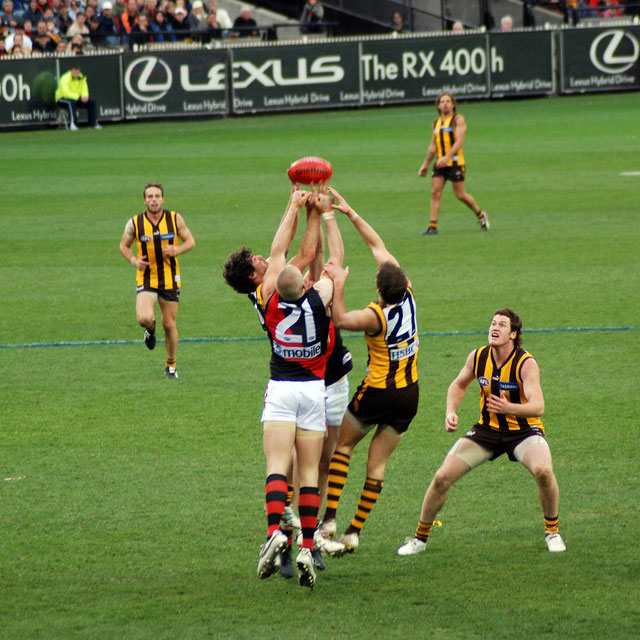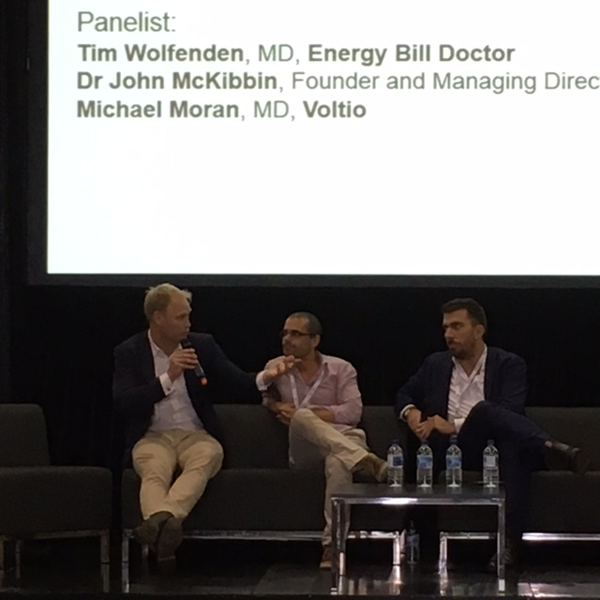If your business hasn’t reviewed its electricity offer or contract lately, chances are you’re not receiving the best deal.
Working with an energy broker, like Voltio, is a smart way ensure you’re not paying a ‘loyalty tax’ to your current energy retailer. In other words, instead of receiving discounts or incentives for maintaining a long-term relationship with a retailer, you might actually be paying extra for your lethargy. Energy brokerage can solve this.
Four ways your new energy bill can beat your old energy bill:

Head-to-head Contest
1. Improved Pricing
A straight up, apples-to-apples price reduction might be on the cards. Your business will be categorised as a ‘small energy consumer’ or ‘large energy consumer’ based on your annual usage, and depending on which state you’re operating in.
| Business Category | Small Consumer | Large Consumer |
| NSW, QLD & ACT | < 100 MWH per year | > 100 MWH per year |
| SA & WA | < 160 MWH per year | > 160 MWH per year |
| TAS | < 150 MWH per year | > 150 MWH per year |
| VIC | < 40 MWH per year | > 40 MWH per year |
Small energy consumers have access to ‘on-market’ offers. These are ‘market’ or ‘standing’ offers released by your retailer periodically throughout the year, normally January and July. A good energy broker will assess how these offers translate, when applied to your current electricity load profile.
The government’s Energy Made Easy website has a useful tool that can help you find offers, but a good energy broker will assess how favourable these offers are when applied to your current electricity load profile.
Large energy consumers can use an energy brokerage consultant to submit a ‘request for pricing’ (RFP) to energy retailers to secure the most competitive rates. The RFP process enables the energy broker to negotiate on behalf of your business.
As an individual business customer, you may not have direct relationships with the retailers, but a good broker will. This enables them to assess pricing from the retailers, and push back on them to re-supply their pricing if their rates aren’t competitive against other response to the RFP.
Encouraging retailers to ‘price-match’ against each helps arrive at the best outcome for your business.
2. Improved Pricing
In order to attract new customers, many retailers offer one-off credits or acquisition incentives for small energy consumers. A thorough energy brokerage process will factor these amounts into your final assessment to ensure your business is getting the best offer.
3. Tariff Changes
A tariff explains how your business is being charged for its electricity. Broadly speaking, there are three types of tariffs available in the market – Single rate, Time of Use (TOU) and tariffs for controlled loads.
Choosing the most suitable tariff for your business can reduce how much you have to pay for your energy. However, the meter you have installed on-site can determine the tariff that you’re on, and switching between tariffs often means that you need to pay for additional work like meter upgrades and a metering configuration fee from your retailer.
4. Network Charges
The energy bill for your business covers two types of costs; usage costs and network (or supply) costs. The usage costs account for the amount of electricity you use, and the network costs cover ‘poles and wires’ that deliver the electricity to your property.
It is not uncommon for these network costs to make up 50-60% of your electricity bill. Partnering with an energy broker and switching to a more favourable offer or contract can help reduce the amount that you’re having to pay for network costs.
Final Score
If your business is looking to reduce its electricity costs, then working with an energy broker will help. A good energy broker will assess the market landscape and determine whether there’s a more favourable offer or contract available to you.
Voltio provides energy brokerage services for large and small businesses, and we stick to the mantra that we don’t succeed unless you save. If you’d like to find out more please call us on 1300 865 846.
Photo credit – Tom Reynolds









